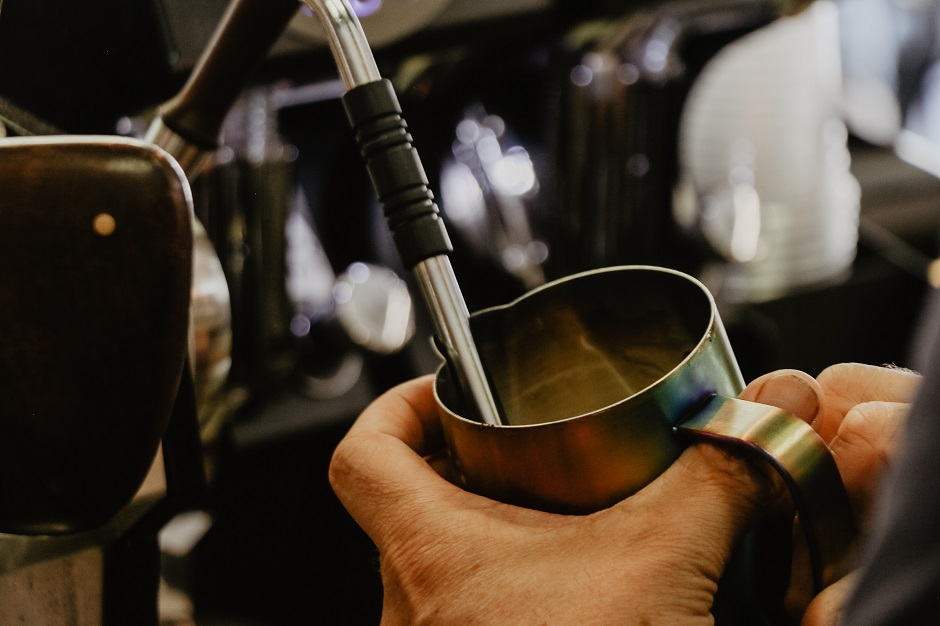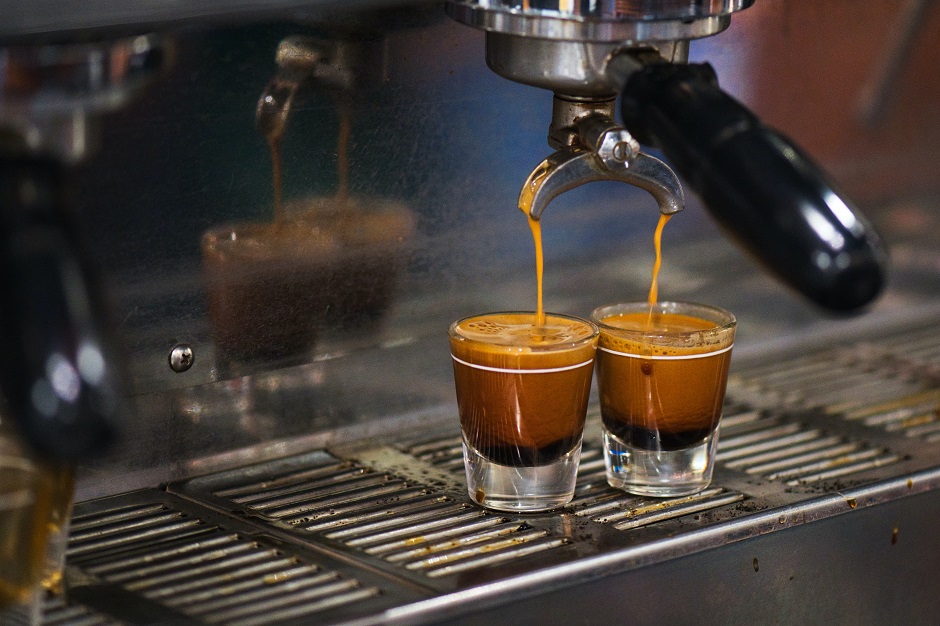Millions of people around the world start their day with a fresh cup of coffee, produced by either a domestic or commercial espresso machine. But how many of us understand what the machine does? There are so many questions to answer. What is a boiler? What does the pump do? What is the group head?
In this guide, all will be answered. We take a look at the basic functionality of an espresso machine, including its components and their purpose.
The Water Supply
Every espresso machine needs water to function. Water enters the machine from one of two sources: a built-in reservoir that's filled up regularly by an operator or a hard-plumbed connection to a constant water supply.
The option you choose, or will have chosen, will likely have been determined by the volume of coffee you were expecting to produce on a daily basis. Domestic and light-commercial espresso machines, designed to produce only a handful of coffees a daily, are usually fitted with reservoirs.
For heavier commercial use, where machines are expected to produce hundreds of coffees on a daily basis, they must have a reliable and sustainable supply of water. These machines, due to their high volume, will usually be plumbed in removing the need for an operator to constantly fill a reservoir.
The Pump
Due to how tightly packed the coffee grounds are in the puck, normal household pressure simply doesn't have enough force to make its way through. For this reason, espresso machines come with a built-in pump, designed to increase water pressure to 9 bar, or roughly 130 psi.
There are two common types of espresso machine pumps. Rotary and vibration pumps. Rotary pumps are most commonly found in commercial coffee machines, due to their ability to provide constant pressure, as well as their comparatively quieter noise. Domestic machines, on the other hand, are more commonly supplied with a vibration pump, which uses an electromagnetic coil to push and pull a piston. Vibration pumps will only create pressure when pulling a shot and are comparatively noisier than their rotary counterparts.
The Boiler
As you may have guessed, an espresso machine’s boiler is responsible for heating the water in the system. Commercial coffee machines usually have a double boiler system, with a dedicated boiler for brewing and another to control the temperature of the steam wand. However, you can also get single boiler machines.
As we’re discussed previously on our blog, brewing temperature can have a profound impact on the flavour profile of the coffee you produce. Even minor changes can upset the balance of your espresso. That being said, numerous manufacturers have introduced different tools to improve temperature control and consistency.
Many manufacturers have introduced proportional-integral-derivative controllers (PID) or digital temperature controls to espresso machines. These tools are used to set the temperature of the boiler at a set level and hold it there with minimal variance during multiple pulls. This therefore ensures coffee consistency, with your baristas not having to worry about whether your customers' coffees are too hot or cold.
Not all espresso machines will have PIDs or digital temperature controls, however. Domestic espresso machines will often be calibrated to a set temperature by a pressure stat. This offers users less control over their water temperature, making it more difficult to produce consistent coffees.
The Steam Wand
The steam wand is heated by the boiler to heat and froth milk for use in a variety of different espresso drinks, such as cappuccinos or lattes. The steam wand is connected to the heating vessel. When the user puts the valve in the steam position, steam from the heating vessel is released out of the wand and into the milk.

The Group Head and Portafilter
This is the part that brings the hot, pressurised water into contact with the compacted puck of coffee grounds. It is the final step in the creation of your espresso shot and perhaps the most important, as this is where your coffee will become extracted.
You will come across different types of group head, but they all share the same 4 key components: the portafilter - the metal filter basket that holds the ground coffee, a portafilter lock, a pressure switch to activate the pump, and a channel to allow water to move from the boiler to the portafilter.
There are two major types of group head: saturated and semi-saturated. Saturated group heads are fully exposed to the boiler. Saturated group heads quickly come to the same temperature as the brewing water because they are essentially an extension of the boiler and are flooded with hot water. Therefore, they are stable in terms of temperature.
Semi-saturated group heads are separated from the boiler by a heat exchanger. This makes them less reliable in terms of maintaining their temperature.




